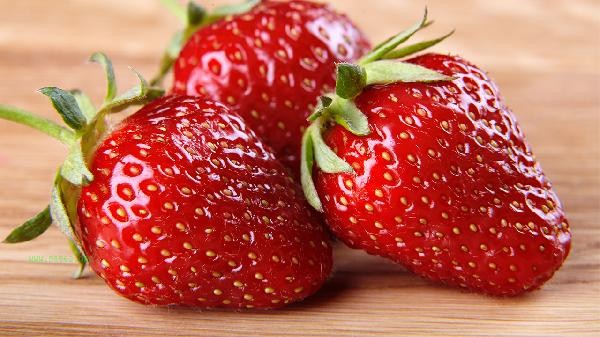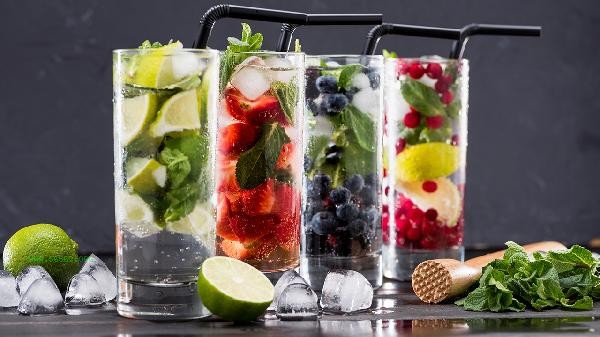The key to making fruit juice delicious lies in the combination of fruits, processing techniques, and drinking methods. There are mainly methods to choose ripe fruits, mix ingredients reasonably, control juice extraction time, adjust thickness, and drink at the right time.

1. Choose ripe fruits
Fruits with higher ripeness have more prominent sweetness and flavor, and there is no need to add extra sugar when juicing. Tropical fruits such as bananas, mangoes, and pineapples have a strong fruity aroma when fully ripe, making them suitable for juicing alone or as a sweet base. Watermelon, honeydew melon and other melon fruits should be selected with clear patterns and dull knocking sound. These fruits have high water content and concentrated sweetness. It is recommended to choose fruits with uniform color and no white core, such as strawberries and blueberries, to avoid the sour and astringent taste of immature fruits affecting the taste.
2. Reasonable combination of ingredients
Combining sweet and sour fruits with mild ingredients can balance the flavor. Citrus fruits can be paired with carrots or apples to increase sweetness, while pineapple and mint leaves can enhance freshness. Adding a small amount of spices such as ginger or cinnamon can enrich the layers, but the amount should be controlled to avoid masking the fruity aroma. People who are allergic to dairy products can use coconut milk or oat milk to mix, which can increase smoothness without producing a fishy smell.
3. Control juicing time
It is recommended that the processing time of the high-speed juicer should not exceed 30 seconds. Long term stirring can cause oxidation, blackening, and nutrient loss. Apples, pears, and other easily oxidizable fruits can be pre soaked in light salt water, and immediately added with lemon juice after squeezing to delay color change. Pineapples, carrots, and other materials with thicker fibers can be cut into small pieces first and then fed in batches to avoid machine overheating and damage to the blade.

4. Adjusting the viscosity
Adjusting the liquid ratio according to the characteristics of the fruit can improve the taste. Thick and sticky fruits such as mangoes and bananas can be diluted with mineral water, while fruits with more juice such as watermelons and grapes can be consumed directly in their original juice. Pursuing a dense texture can preserve some of the fruit pulp, and a coarse mesh can be used for filtration. Drinking chilled can reduce the sweetness and greasiness, but it is recommended for those with gastrointestinal sensitivity to drink at room temperature.
5. Timely drinking time
Freshly squeezed fruit juice is best consumed within 15 minutes, as it will layer and spoil if stored for more than half an hour. When needed, it can be packed into a vacuum insulated cup, and adding vitamin C tablets can delay oxidation. Drinking on an empty stomach in the morning has the best absorption effect, and drinking after meals should be separated by at least 1 hour to avoid affecting digestion. supplementing after exercise can be paired with a small amount of nuts to replenish electrolytes. When making fruit juice, pay attention to the cold and hot properties of the ingredients. For those with spleen and stomach deficiency and cold, reduce the amount of cool fruits such as watermelon and dragon fruit. People with diabetes should choose berries with low glycemic index and avoid high sugar fruits such as litchi and longan. Children should drink within 200ml to avoid affecting their regular meal intake. Regularly changing the type of fruit can provide a more comprehensive range of vitamins and minerals, and alternating consumption of dark and light fruits can enhance antioxidant effects. When drinking with vegetable juice, it is recommended to maintain a ratio of 1:3 between vegetables and fruits to ensure palatability.









Comments (0)
Leave a Comment
No comments yet
Be the first to share your thoughts!